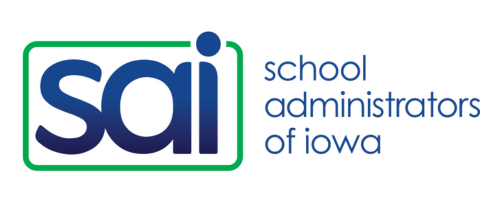The Challenge of Time Allocation
How can principals work smarter not harder? Gain insight for allocating your time to lead effectively in this recent NASSP Principal Leadership article.
Author Marck Abraham explains that given all the responsibilities of the secondary principal, spending “80% time in teachers’ classes” is unrealistic and unnecessary. Instead, Abraham suggests that to lead successful schools, principals need to distinguish between time and focus. “Focus, not time, should be a principal’s main priority.” Good instruction can be the focus without the principal spending the bulk of their time visiting classrooms. More significant is creating a culture that reflects good instruction as the focus. Good instruction and impactful instructional practices should drive decision-making. Instruction should be at the heart of student discipline, parent conversations, engagement in extracurricular activities, and celebrations.
Abraham argues that principals should focus most of their resources on good instruction, but time in classrooms is only one such resource. Also vital is deciding where and how to allocate resources like staff, instructional materials, and space in order to increase student achievement and support student well-being. “...it’s about [the principal’s] presence and their expectations being made clear throughout the school.”
Abraham offers the following strategies for staying focused on instruction. As you review these strategies and plan for the upcoming school year, what might be your next littlest thing to increase the focus on effective instruction?
Strategies:
- Establish a clear vision and mission. (See resources for ISSL, Standard 1)
- What is the instructional vision for your building? What is effective instruction? Do all staff share the same vision for quality instruction? How do you know? How can you unify staff around a shared vision?
- What is the mission? Why does your building exist? Consider Steve Barkley’s recent post on the purpose of school to help inform articulation of your instructional mission.
- Who has access to which courses?
- What and who is celebrated? Are high-performing teachers and students recognized?
- Ensure instructional calibration with a walk-through tool, such as the Danielson Framework.
- What walk through tool/s (rubrics) support an instructional focus?
- Have a clear structure.
- Do APs or deans on your team know which staff they support? Are they on the same page with you regarding what effective instruction looks like?
- Are your teacher leaders clear about their role and responsibilities? Do staff know how and when to access teacher leaders?
- Foster a coaching culture to model for all assistant principals and instructional coaches.
- What coaching model grounds your approach—how do you know you’re inspecting what you’re expecting?
- How do you communicate clear expectations?
- How do teachers gather feedback from students?
- How do you gather feedback from teachers? What do you do with it?
- Know and understand the key data of your school, such as attendance data for teachers and students, behavior data, graduation rates, and other information. (Abraham highlights these in a previous Principal Leadership article available at bit.ly/3WDjY4N.)
- Do we know how our students are performing regarding course-passing data and state assessments?
- Is there a belief that good instruction leads to higher student outcomes?
- Create a strong, focused professional development plan for teachers.
- Do we have an ongoing professional development program and a way to measure the effectiveness/impact of professional development for our teachers? (Consider resources for ISSL, Standard 6 & Standard 7)
